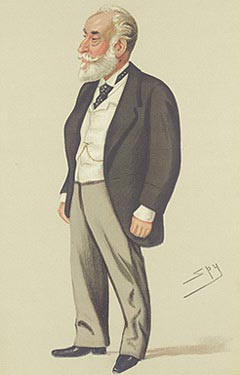Sassoon Dock on:
[Wikipedia]
[Google]
[Amazon]
Sassoon Docks, built in 1875, is one of the oldest docks in


 Built in 1875 on
Built in 1875 on
Sassoon Docks
at ''
Mumbai
Mumbai (, ; also known as Bombay — List of renamed Indian cities and states#Maharashtra, the official name until 1995) is the capital city of the Indian States and union territories of India, state of Maharashtra and the ''de facto'' fin ...
and was the first wet dock
Wet may refer to:
* Moisture, the condition of containing liquid or being covered or saturated in liquid
* Wetting (or wetness), a measure of how well a liquid sticks to a solid rather than forming a sphere on the surface
Wet or WET may also refe ...
constructed in Bombay. It is one of the few docks in the city open to the public. It is situated in Mumbai harbor in South Mumbai
South Mumbai, colloquially SoBo from South Bombay in Anglo-Indian English, administratively the Mumbai City District, is the city centre and the southernmost precinct of Greater Bombay. It extends from Colaba to Mahim and Sion neighbour ...
area of Colaba. It is one of largest fish markets in the Mumbai city. Its neighboring features are Mumbai Port Trust Garden (Sagar Upvan Colaba) and Offices of Fisheries Department, and it overlooks Oyster Rock, an island in the Mumbai harbour
Mumbai Harbour (also English; Bombay Harbour or Front Bay, Marathi''Mumba'ī bandar''), is a natural deep-water harbour in the southern portion of the Ulhas River estuary. The narrower, northern part of the estuary is called Thana Creek. The ...
, at a distance.
History


 Built in 1875 on
Built in 1875 on reclaimed land
Land reclamation, usually known as reclamation, and also known as land fill (not to be confused with a waste landfill), is the process of creating new land from oceans, seas, riverbeds or lake beds. The land reclaimed is known as reclamati ...
, it was owned by the mercantile company David Sassoon & Co. The company was headed by Albert Abdullah David Sassoon (1818–1896), son of David Sassoon, a Baghdadi Jew
The former communities of Jewish migrants and their descendants from Baghdad and elsewhere in the Middle East are traditionally called Baghdadi Jews or Iraqi Jews. They settled primarily in the ports and along the trade routes around the Indian ...
and the leader of the Jewish community in Bombay. The Sassoon Docks were the first commercial wet dock in western India
Western India is a loosely defined region of India consisting of its western part. The Ministry of Home Affairs in its Western Zonal Council Administrative division includes the states of Goa, Gujarat, and Maharashtra along with the Union ...
and helped establish the cotton trade. In 1879, Sassoon Docks and other associated foreshore properties were purchased by the government on behalf of Bombay Port Trust. The Sassoon Docks encouraged the Bombay Presidency to promote the construction of the large Prince's Dock. The Sassoon factories that produced silk and cotton goods in Bombay, also furnished employment for a large amount of native labor.
Street art
In 2017, street art transformed one of Mumbai’s oldest fishing docks into an exhibition space. Thirty artists from around the world gave the bustling 142-year-old Sassoon Dock, a colorful makeover as part of the St+art Urban Art Festival. The exhibition opened to public on 11 November 2017.See also
*David Sassoon Library
The David Sassoon Library and Reading Room is a famous library and heritage structure in Mumbai, India. The idea for a library to be situated in the center of the city came from Albert Sassoon, son of the famous Baghdadi Jewish philanthropist ...
References
External links
Sassoon Docks
at ''
wikimapia
Wikimapia is a geographic online encyclopedia project. The project implements an interactive "clickable" web map that utilizes Google Maps with a geographically-referenced wiki system, with the aim to mark and describe all geographical objects ...
''.
Mumbai docks
{{Mumbai-geo-stub